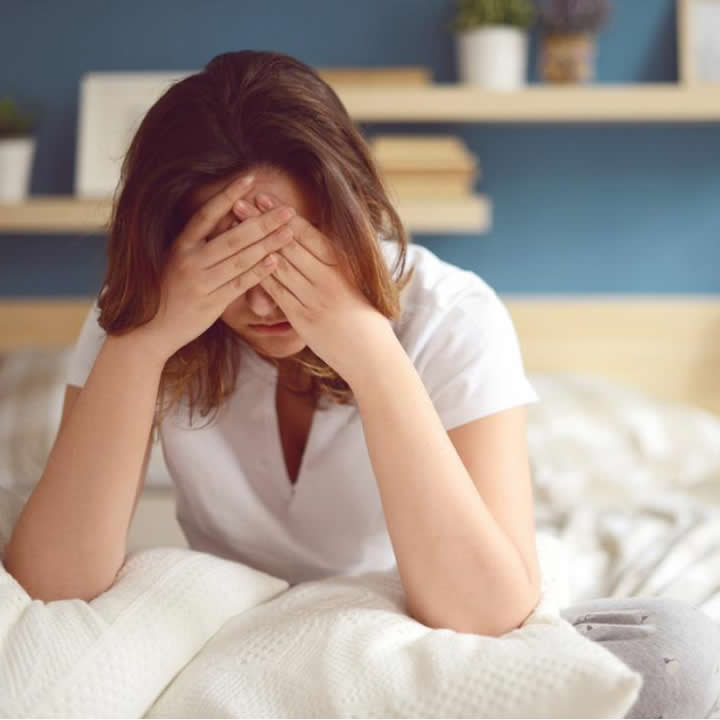Women and men are more or less the same but both have different genetic makeup. Males produce testosterone which is a male sex hormone while women have the opposite called estrogen. Some scientists say that women sometimes release a bit of testosterone via their ovaries but not all of them do. Usually, women experience period pains and feelings of sadness right before they get their periods while some women may have it worse. Let’s explore the signs of PMS and its infamous counterpart PMDD which can be likened to PMS x 100.
What is PMS?
PMS also known as Pre-Menstrual symptoms are mild symptoms that affect women two weeks before their periods. Cyclic hormonal changes are the culprit for PMS and they don’t tend to last long and can range anywhere from 3 days to even 1 week in more severe cases. During this phase, some women may feel at their all-time low.
They can experience symptoms ranging from increased headaches, tender breasts, weird food cravings and feelings of lethargy. It’s not just physical pain but also an emotional one that can last much longer for some women. For some women, you might find yourself feeling more homesick during this phase or a sense of emptiness. These feelings are normal and will pass, most immediately when you get your period but for others, it can spiral into the monster which is PMDD.
What is PMDD?
So now you’ve learned a little bit about PMS, let’s delve into the more pressing issue which is Premenstrual Dysphoric Disorder. Many women have experienced PMS but PMDD is lesser-known and around 5-10% of women experience PMDD when they’re at their reproductive stages. Women who suffer from this experience for one to two weeks during their luteal phase right before their periods. The symptoms tend to be worse and can last for a much longer period.
For some women, the mere act of getting up can be impossible and sometimes work-life can be impaired because of this. Oftentimes, it can be mistaken for bipolar disorder for its similar symptoms but it’s important to remember that PMDD is cyclical and happens at the same time every month. The most important symptoms to note are extreme difficulty concentrating, intense lethargy, body confidence issues, crying out of nowhere and even being more prone to forgetting. If you feel like you have any of these extreme symptoms, consult your doctor or your local psychiatrist who can give you the help you need. PMDD isn’t talked about enough but recently it has been gaining more limelight.
How do I Overcome PMDD?
There are many natural ways to overcome PMDD but let’s talk about the more researched method first. One of the best ways to overcome PMDD is to visit a psychiatrist who can prescribe SSRIs. SSRIs also known as Selective Serotonin Reuptake Inhibitors can help to boost your serotonin during this time. Serotonin levels are very low during the PMDD period for women and since it’s a hormonal and chemical imbalance, sometimes natural methods aren’t enough to help. In severe cases, an SSRI can help reduce anxiety and make you function just like a normal person does. Some psychiatrists may recommend Zoloft, Prozac or even Lexapro for 2 weeks in a month. If you aren’t keen on seeing a psychiatrist here are some great ways to combat PMDD the natural way.
Exercise helps to increase your dopamine or “feel-good hormones” which you need to amp up during your luteal phase. You can also drink natural supplements such as: iron, B6, vitamin D and even Agnus Castus or evening primrose oil. Another great way to increase serotonin is to make sure you’re getting enough sleep and also preferably meditating before bed. Women who experience PMDD need to have a lot of sleep during this phase, preferably 8-9 hours. With these simple steps, you’ll be able to control PMDD and not the other way around.
To read up more about other health concerns and health tips visit Doc Journals.

